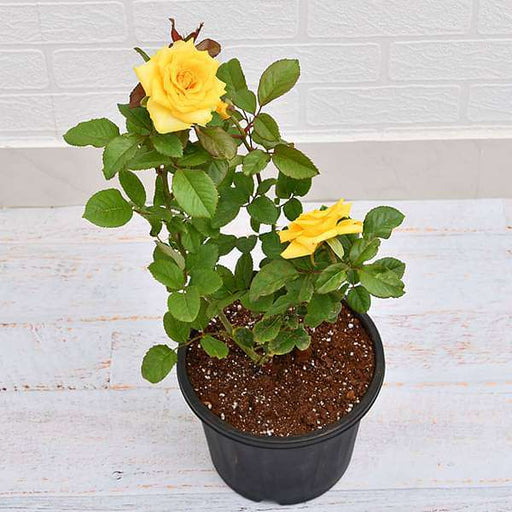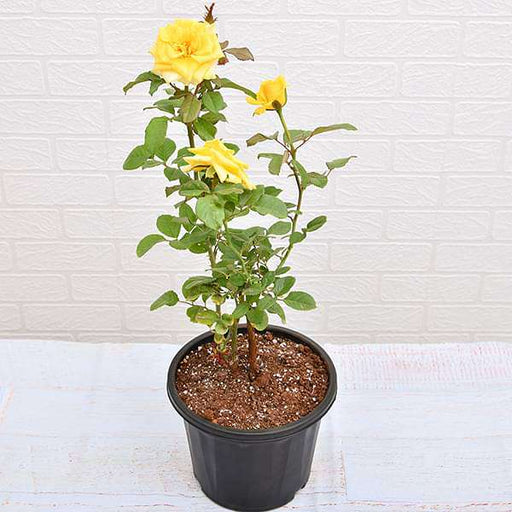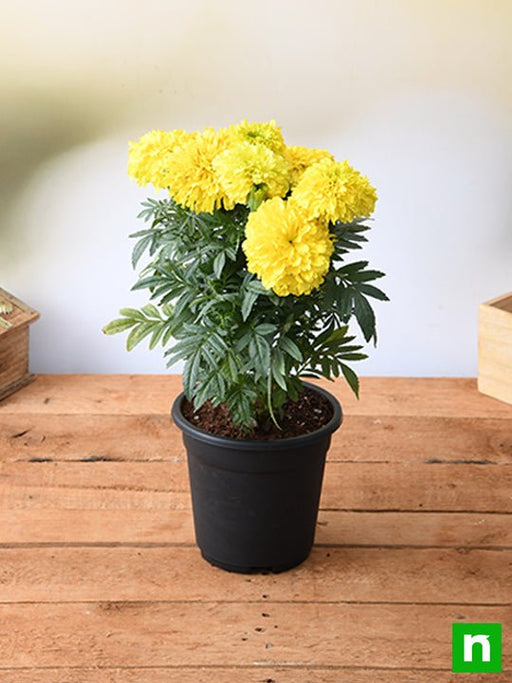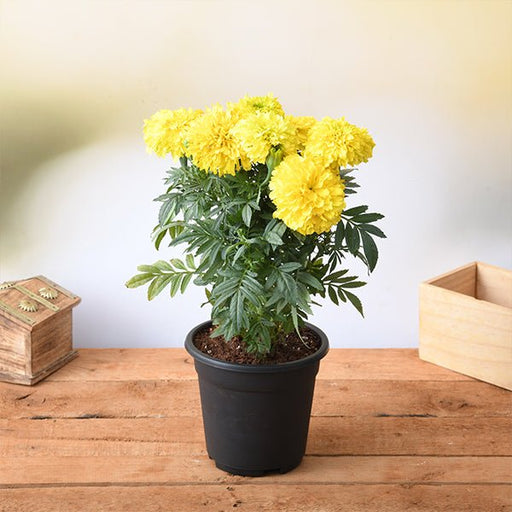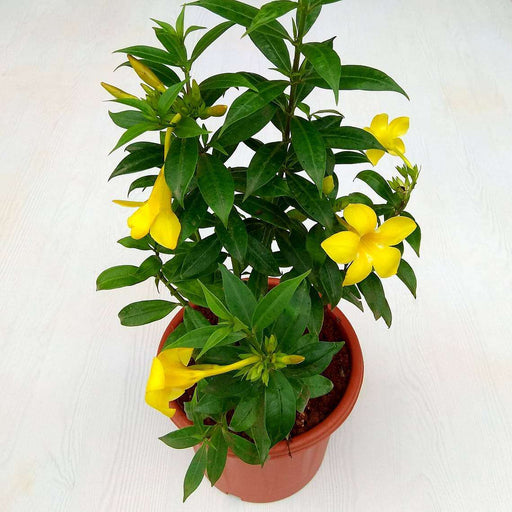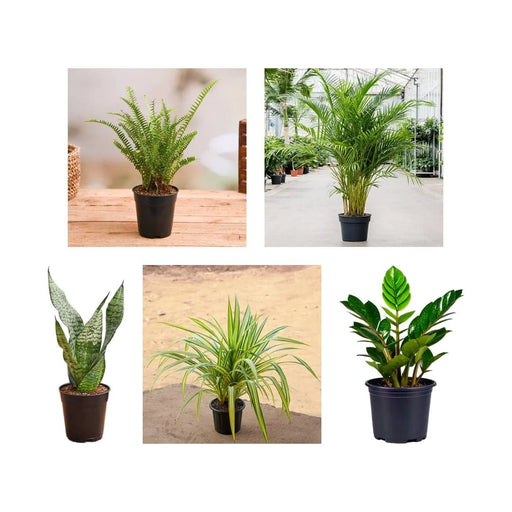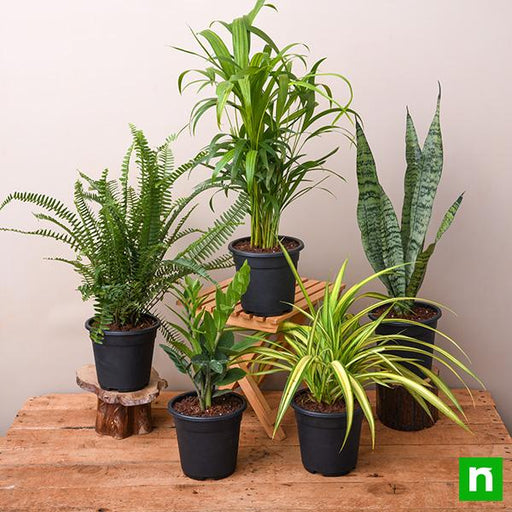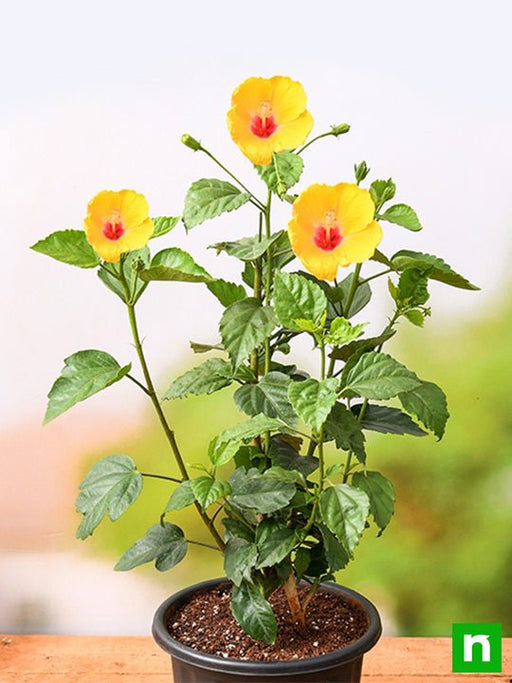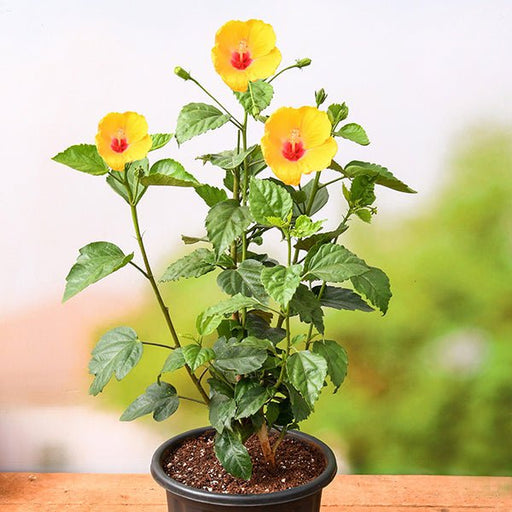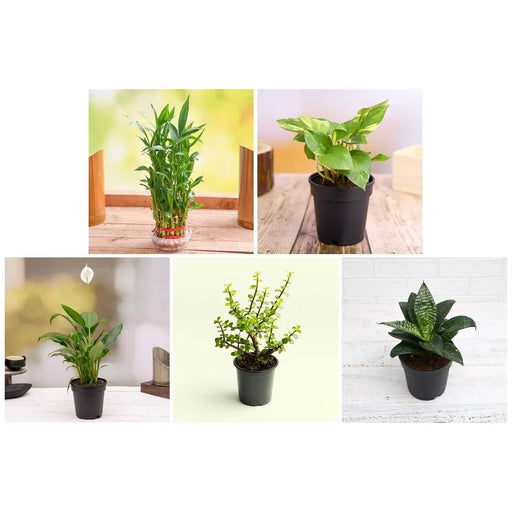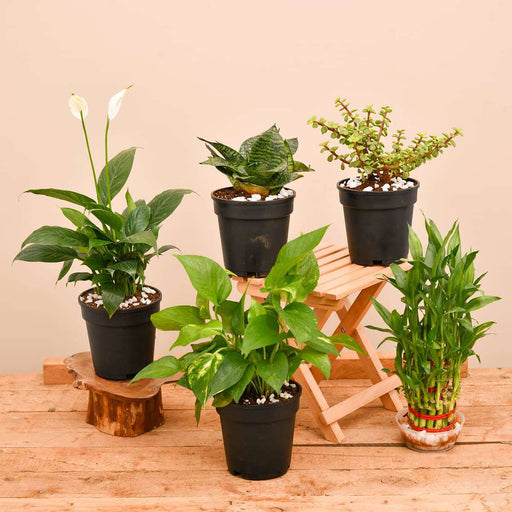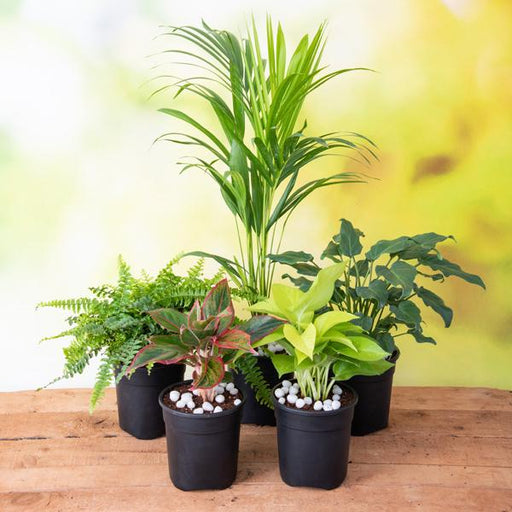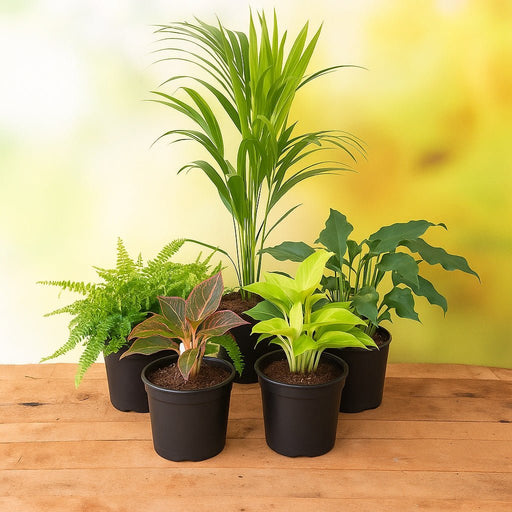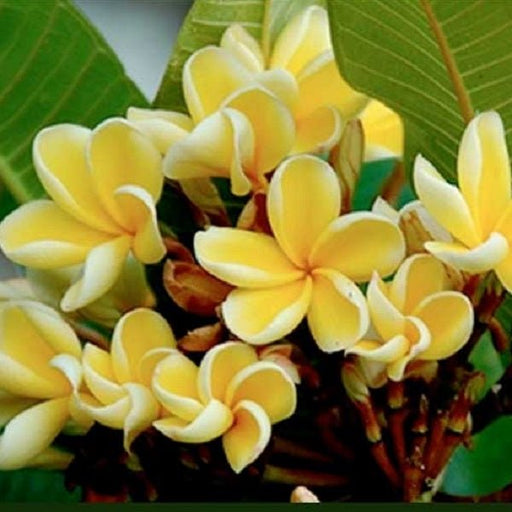Sunflowers
Sunflowers are one of the most popular yellow flower plants that are loved by everyone. They are known for their vibrant yellow color and their unique sun-like appearance. Sunflowers are a symbol of happiness, optimism, and sunshine, making them the perfect addition to any garden or bouquet.
Daffodils
Daffodils are a popular yellow flower that blooms in the spring. They are known for their trumpet-like shape and bright yellow color, which adds a pop of color to any garden. Daffodils symbolize new beginnings and are often associated with the arrival of spring.
Marigolds
Marigolds are a popular yellow flower that blooms in the summer and fall. They are known for their bright yellow color and strong, earthy scent. Marigolds are often used in gardens as a natural insect repellent and are also believed to have medicinal properties.
Goldenrod
Goldenrod is a perennial yellow flower that blooms in the late summer and fall. They are known for their bright yellow color and their ability to attract pollinators such as bees and butterflies. Goldenrod is also used in herbal medicine to treat a variety of ailments.
Forsythia
Forsythia is a deciduous shrub that blooms in the early spring. They are known for their bright yellow flowers that cover the entire shrub, making it a beautiful addition to any garden. Forsythia is also a symbol of anticipation and is often associated with the arrival of spring.
Yellow Roses
Yellow roses are a popular flower that symbolizes friendship, joy, and new beginnings. They are known for their beautiful, bright yellow color and sweet fragrance. Yellow roses are often given as gifts to friends and loved ones to express appreciation and gratitude.
Zinnias
Zinnias are a popular annual flower that comes in a variety of colors, including yellow. They are known for their vibrant color and long-lasting blooms, making them a favorite among gardeners. Zinnias symbolize endurance and are often given as gifts to show support during difficult times.
Coreopsis
Coreopsis is a popular perennial flower that blooms in the summer and fall. They are known for their bright yellow color and delicate, daisy-like appearance. Coreopsis is a symbol of cheerfulness and is often used in gardens and floral arrangements to add a pop of color.
Yellow Tulips
Yellow tulips are a popular flower that symbolizes happiness, cheerfulness, and sunshine. They are known for their bright yellow color and graceful shape. Yellow tulips are often given as gifts to show appreciation and to brighten someone's day.
Daylilies
Daylilies are a popular perennial flower that blooms in the summer. They are known for their bright yellow color and delicate, trumpet-like appearance. Daylilies are a symbol of beauty and are often used in gardens and floral arrangements to add a touch of elegance.
Yellow Chrysanthemums
Yellow chrysanthemums are a popular flower that symbolizes optimism, joy, and long life. They are known for their bright yellow color and long-lasting blooms. Yellow chrysanthemums are often given as gifts to express good wishes and to celebrate special occasions.
Yellow Orchids
Yellow orchids are a popular flower that symbolizes friendship, joy, and new beginnings. They are known for their elegant, exotic appearance and their bright yellow color. Yellow orchids are often given as gifts to show appreciation and to brighten someone's day.
Yellow Peonies
Yellow peonies are a popular flower that symbolizes happiness, prosperity, and good luck. They are known for their delicate , fluffy appearance and their beautiful, soft yellow color. Yellow peonies are often used in weddings and other special occasions to add a touch of elegance and sophistication.
Yellow Dahlias
Yellow dahlias are a popular flower that symbolizes strength, creativity, and new beginnings. They are known for their beautiful, bright yellow color and their wide range of shapes and sizes. Yellow dahlias are often used in gardens and floral arrangements to add a pop of color and to express positive emotions.
Yellow Irises
Yellow irises are a popular flower that symbolizes passion, courage, and admiration. They are known for their delicate, intricate appearance and their bright yellow color. Yellow irises are often used in gardens and floral arrangements to express appreciation and to celebrate special occasions.
Yellow Lilies
Yellow lilies are a popular flower that symbolizes happiness, optimism, and hope. They are known for their elegant, trumpet-like appearance and their beautiful, bright yellow color. Yellow lilies are often used in gardens and floral arrangements to add a touch of beauty and positivity.
Yellow Snapdragon
Yellow snapdragons are a popular flower that symbolizes grace, strength, and resilience. They are known for their unique, snap-like appearance and their beautiful, bright yellow color. Yellow snapdragons are often used in gardens and floral arrangements to add a touch of charm and whimsy.
Yellow Asters
Yellow asters are a popular flower that symbolizes love, patience, and elegance. They are known for their delicate, daisy-like appearance and their beautiful, soft yellow color. Yellow asters are often used in gardens and floral arrangements to add a touch of grace and sophistication.
Yellow Pansies
Yellow pansies are a popular flower that symbolizes friendship, happiness, and optimism. They are known for their unique, heart-shaped appearance and their beautiful, bright yellow color. Yellow pansies are often used in gardens and floral arrangements to express appreciation and to celebrate special occasions.
Yellow Buttercups
Yellow buttercups are a popular flower that symbolizes joy, happiness, and new beginnings. They are known for their delicate, buttery appearance and their beautiful, soft yellow color. Yellow buttercups are often used in gardens and floral arrangements to add a touch of warmth and positivity.




